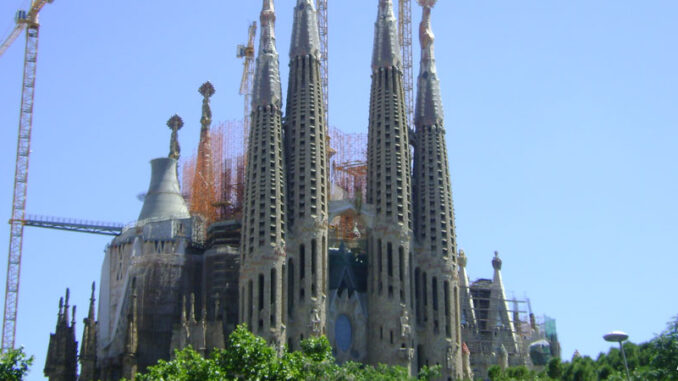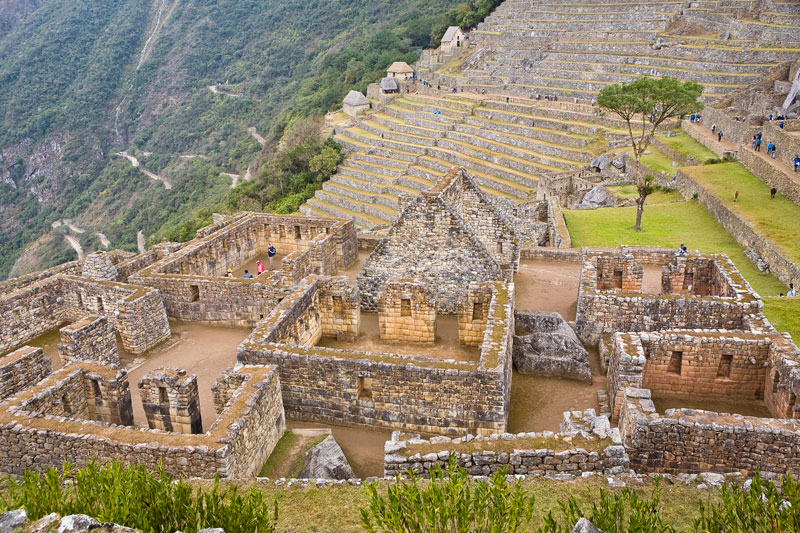
Major Technology Companies to Merge
Two technology giants have just announced that they will be merging to form the second-largest defense and aerospace company in the United States. As soon as early 2020, Raytheon Co. and United Technologies Corp. will come together to form a new company, called the Raytheon Technologies Corp. This new company is expected to do about $74 billion in annual sales (second only to Boeing). Rather than a situation where one company “buys out” or takes over another, the two companies will be merging as equals: United Technologies’ shareholders will own about 57 percent of the stock and Raytheon’s shareholders will own about 43 percent.
Currently, United Technologies is based in Farmington, Connecticut. The company is responsible for a number of critical technological developments, ranging from transmitting the first photo via satellite, to receiving the first GPS signal. Raytheon is based in Waltham, Massachusetts, and is best known for the invention of both the microwave oven and the Patriot missile. The headquarters of the new Raytheon Technologies Corp. will be located in the Boston metro area.
As well as saving money, spokespeople say that the merger will give both companies greater access to their shared technology. The new Raytheon Technologies Corp. will focus on intelligence and aerospace, as well as defense and missile systems. The Federal Trade Commission is responsible for regulating business mergers, in order to protect healthy competition and prevent monopolies. Although government regulators have not yet approved the decision, the company has already launched its new Web site and appears to be moving full speed ahead with the plan.
What Do You Think? United Technologies was instrumental in developing GPS systems, while engineers at Raytheon were responsible for inventing the microwave. Which of these technological contributions do you think is more important? Explain.
US and Mexico Reach Agreement?
Last week, Election Central took a look at Trump’s threat to impose a 5 percent tariff on imports of Mexican products starting June 10 if Mexico didn’t take immediate action to curb the flow of undocumented immigrants into the United States. Since then, U.S. and Mexican leaders have met to discuss a possible deal to avoid these tariffs. In the wake of these talks, Mexico has agreed to take several steps to tighten up illegal immigration–and stop Trump’s tariff threats from coming true.
The first agreement is that Mexico will deploy 6,000 of their national guard troops along its southern border with Guatemala, so that fewer immigrants from Central America will make it into Mexico (and from there, on to the United States). Secondly, immigrants from Central America wishing to seek asylum in the United States now will have to wait in Mexico for their claims to be processed, rather than waiting in the United States as they have previously. While in Mexico, migrants will be offered jobs, health care, and opportunities for education–though critics question whether or not Mexico has the resources to make any of this happen.
Meanwhile, both Republicans and Democrats in Congress are still concerned about Trump using tariffs and trade agreements to deal with immigration issues. Many Republicans did not back Trump’s plan because they were worried about how the new tariffs would affect U.S. industries, particularly U.S. automakers with factories in Mexico. And Democrats remain worried that the new agreement with Mexico does nothing to address the root causes of illegal immigration, such as poverty, violence, and political instability.
What Do You Think? In your opinion, is the new immigration deal between the U.S. and Mexico a success? Why or why not?
After 137 Years, Unfinished Cathedral Will be Finished
It sounds like the plot of a sitcom: A construction company applies for a permit to build a new building. But the city council ignores their request. The company begins building anyway. A century later, the city responds by slapping them with an overdue permit fee of millions of dollars.
Seem far-fetched? It’s actually not. A similar situation–on a much larger scale–is happening right now in Barcelona, Spain. La Sagrada Familia is a Roman Catholic Church located in Barcelona and designed by renowned Spanish architect Antoni Gaudi. In 1882, Gaudi began construction on the cathedral. Three years later, he submitted a permit application and blueprint. But no city officials ever responded to it. Construction on the cathedral continued. Three years ago, however, the La Sagrada Familia foundation re-started the permit process for the still-uncompleted building. The end result is that now–137 years after construction began–the cathedral now boasts the most expensive building permit in Barcelona’s history: 4.5 million euros.
Even incomplete, the cathedral–a designated UNESCO World Heritage Site–draws more than four million visitors per year. Millions more come just to view it from the outside. Part of the new agreement with the city is that the La Sagrada Familia foundation will be partially responsible for any expenses that it causes the city through this tourism. They also will not increase the number of visitors allowed, to avoid overcrowding streets and other public spaces.
Construction on the cathedral is expected to wrap up in 2026. If all goes as planned, that means that La Sagrada Familia will finally be completed exactly one hundred years after Gaudi’s death.
Dig Deeper The La Sagrada Familia foundation must pay the city of Barcelona 4.5 million euros in permit fees. How much is this in U.S. dollars?
Machu Picchu International Airport?
You’ve probably heard of Machu Picchu, the ruins of an ancient Inca citadel located in the Cuzco region in southern Peru. A popular tourist destination, it has been designated a Peruvian Historic Sanctuary and a UNESCO World Heritage Site. And it will now be something else as well: the home of a new multibillion-dollar airport.

If you think this sounds crazy, you’re not alone. The Peruvian government believes that building the new world-class international airport adjacent to the site will help to draw more tourists to the area. The Chinchero International Airport is expected to bring about seven million passengers per year, all of whom will now have easier access to Machu Picchu and other nearby sacred sites. But conservationists argue that the airport will also bring traffic, noise, and urban development, all of which will threaten the fragile ruins, as well as the local wildlife and abundant natural beauty of the area. Currently, the Cuzco region is pastoral. It contains mostly farmland, and relies on textiles, farming, and tourism to support itself. Furthermore, conservationists argue that bringing more tourists to Machu Picchu is a bad idea in itself. Already about one million people make the difficult trek there every year, and the number of daily visitors is more than double the amount recommended by UNESCO.
Nearly 50,000 people, including experts such as archaeologists and historians, have already signed an online petition asking President Martin Vizcarra to find a different location for the new airport. But so far, the president refuses to budge, claiming that the state has done extensive research and that the airport won’t present a threat to the region.
